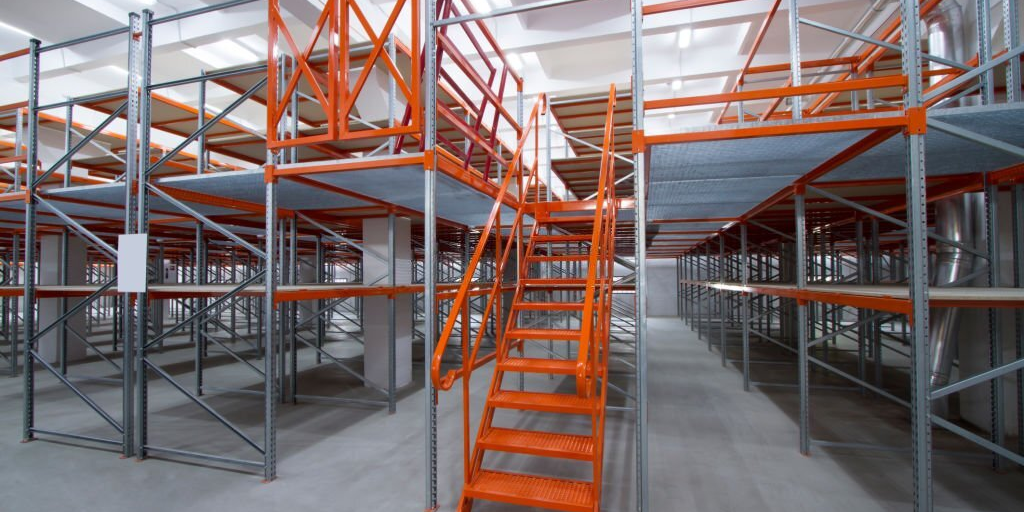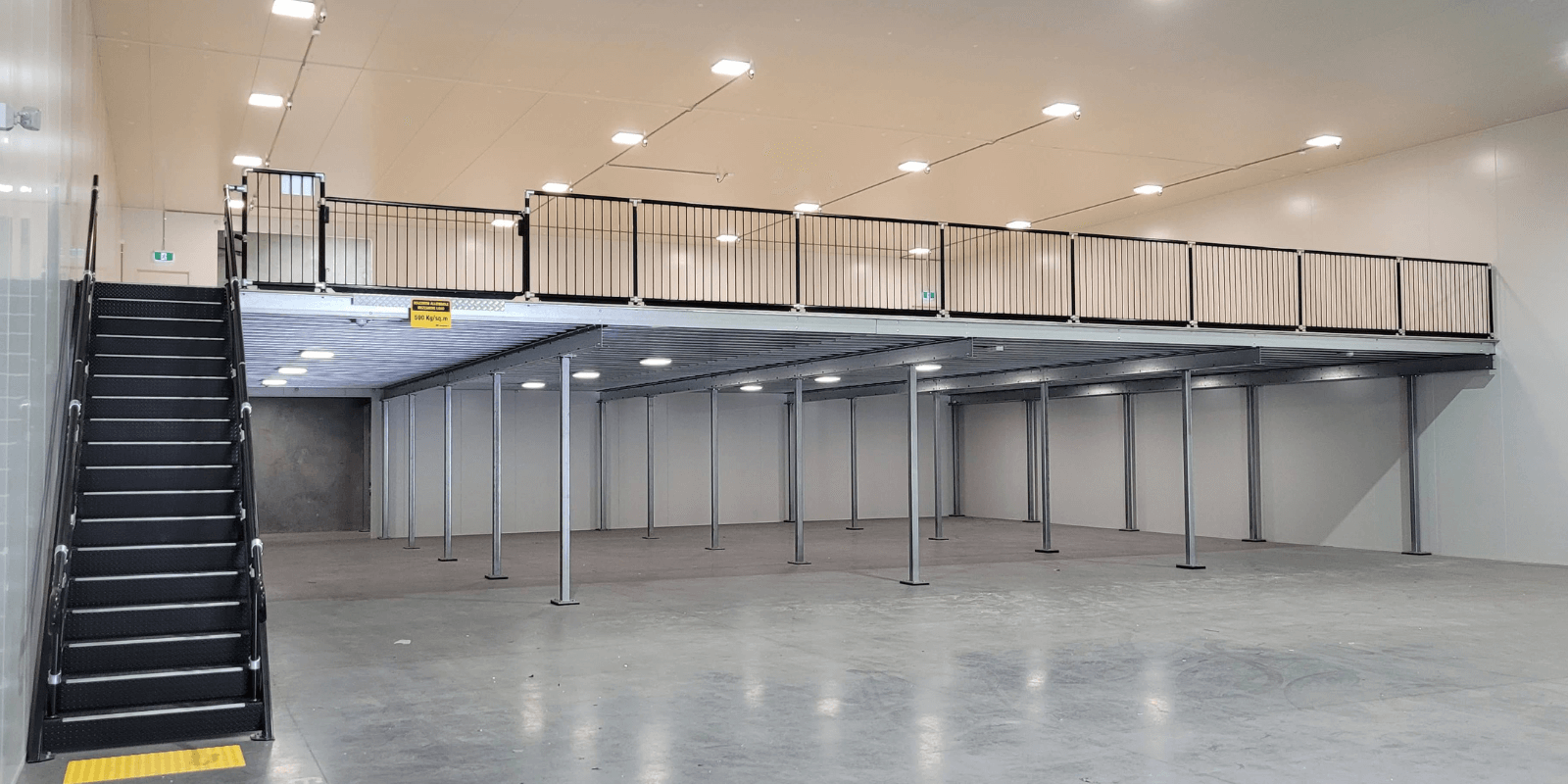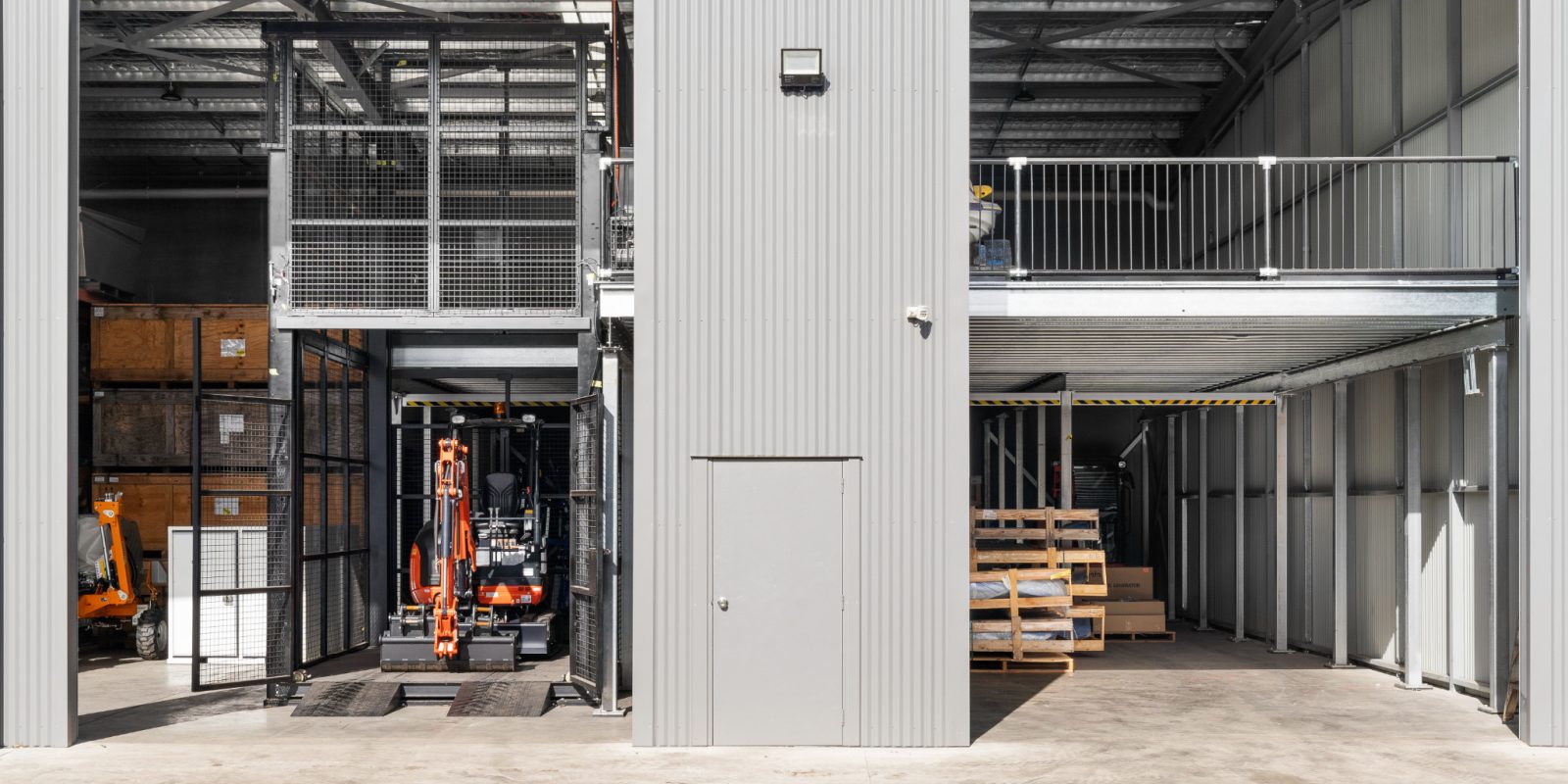Exploring the World of Mezzanine Floors
Mezzanine floors, versatile and strategic structural additions, have become increasingly prevalent across multiple domains such as industry, commerce, and private residences. This exploration delves into the nature, varieties, functions, and potential uses of mezzanine floors, shedding light on their adaptability and practicality.
Defining the Mezzanine Floor
Situated between the main levels of a building, typically nestled between the ground and first floors, a mezzanine floor acts as an intermediate platform. While not a complete floor by conventional standards, it serves to augment the area available for use within a structure. Characteristically self-supporting and perched above the ground floor, mezzanines are noted for their partial coverage of the building’s footprint, distinguishing them from full-fledged floor additions.
Utility of Mezzanine Floors
Crafted to enhance space efficiency where extensive expansions are impractical, mezzanine floors offer numerous advantages:
- Storage Optimisation: In industrial settings like warehouses and factories, these floors provide extra space, obviating the need for costly structural enlargements.
- Retail Enhancement: Mezzanines allow for a more effective merchandising display, segregating various product types to elevate shopper experiences.
- Office Extension: They afford additional room for workstations or meeting areas, facilitating business growth without the necessity of relocating.
- Residential Innovation: Within homes, mezzanines can introduce lofts or supplementary living areas, marrying functionality with aesthetic appeal.
Types of Mezzanine Floors
Selecting the appropriate mezzanine requires an understanding of the different types available, distinguished by material and design:
- Material-Based Variants:
- Steel: Robust and enduring, ideal for heavy-duty industrial applications.
- Aluminium: Lightweight and more mobile, perfect for temporary setups.
- Wood: Brings a touch of warmth and natural beauty, commonly utilized in retail and home environments.
- Design-Specific Styles:
- Freestanding: Independent of the building’s structure, these mezzanines offer design flexibility.
- Rack-Supported: Integrated into shelving, they are optimal for storage enhancements in warehouse settings.
- Cantilevered: Projecting from walls without external supports, ideal where floor space is at a premium.
Practical Applications of Mezzanine Floors
The versatility of mezzanine floors makes them suitable for diverse settings:
- Industrial Spaces: They expand vertical capacity for storing goods or machinery.
- Retail Environments: Mezzanines facilitate dynamic store layouts and area segregation.
- Corporate Offices: Additional spaces for offices or leisure areas aid in organisational efficiency.
- Private Residences: They introduce unique elements, expanding living areas or creating new functional spaces such as home offices or libraries.
Conclusion
As innovative spatial solutions, mezzanine floors enhance the functionality and capacity of various buildings. Whether the goal is to boost storage, improve retail displays, or expand office spaces, mezzanine floors present a versatile, economical option for addressing space management challenges with flair and efficiency.
No Obligation Consultation -
Your Questions,
Our Expertise
Why Chat With Us?
We understand the importance of making informed decisions. This is why we offer a no-obligation consultation with our specialist consultants. Our team of experts consultants is not just knowledgeable; they are passionate about providing bespoke solutions that fit your unique needs.


